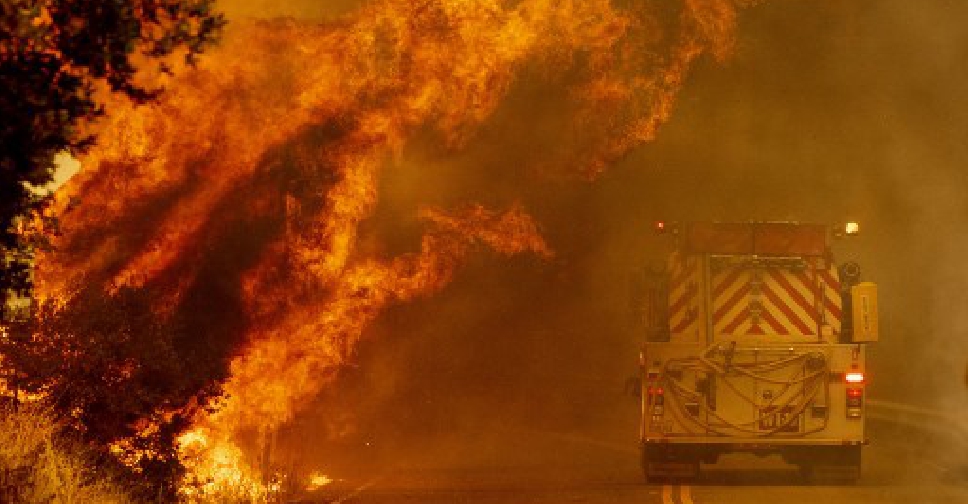
Dozens of houses were burning in the US state as hundreds of lightning-sparked blazes forced people to leave.
Almost 11,000 lightning strikes were documented during a 72-hour stretch this week in the heaviest spate of thunderstorms to hit California in over a decade, igniting 367 individual fires. Almost two dozen of them have grown into major conflagrations, authorities said.
Multiple fires raced through northern California's drought-parched wine country, shutting down Interstate 80 at Fairfield, about 35 miles (56 km) southwest of Sacramento, as flames leapt across the highway, trapping motorists caught in a hectic evacuation.
Four residents whose communities were overrun by flames hours earlier in the same area suffered burns but survived, though the severity of their injuries was not immediately known, said Will Powers a spokesman for the California Department of Forestry and Fire Protection (CalFire).
He said thousands of residents were under mandatory evacuation orders in four-county area stricken by a cluster of nine wind-driven fires collectively dubbed the LNU Complex, which were triggered by lightning on Monday.
In central California, a helicopter was on a water-dropping mission in Fresno County about 160 miles (258 km) south of San Francisco when the aircraft crashed, killing the pilot, a private contractor, CalFire said.
The LNU complex of fires burned largely unchecked across some 46,000 acres (18,615 hectares) of hills and mountains around Fairfield and the neighbouring town of Vacaville late Tuesday and early Wednesday. At least 50 homes and other structures were destroyed and another 50 damaged, CalFire said.
Fanned by "red-flag" high winds, the fires are racing through vegetation parched by a record-breaking heatwave that began on Friday. Meteorologists have said the extreme heat and lightning storms were both linked to the same atmospheric weather pattern - an enormous high-pressure area hovering over America's desert Southwest.
The largest group of fires, called the SCU Lightning Complex, had scorched at least 85,000 acres some 20 miles east of Palo Alto, while a third cluster, the CZU August Lightning Complex, grew to more than 10,000 acres and forced evacuations around 13 miles south of Palo Alto.



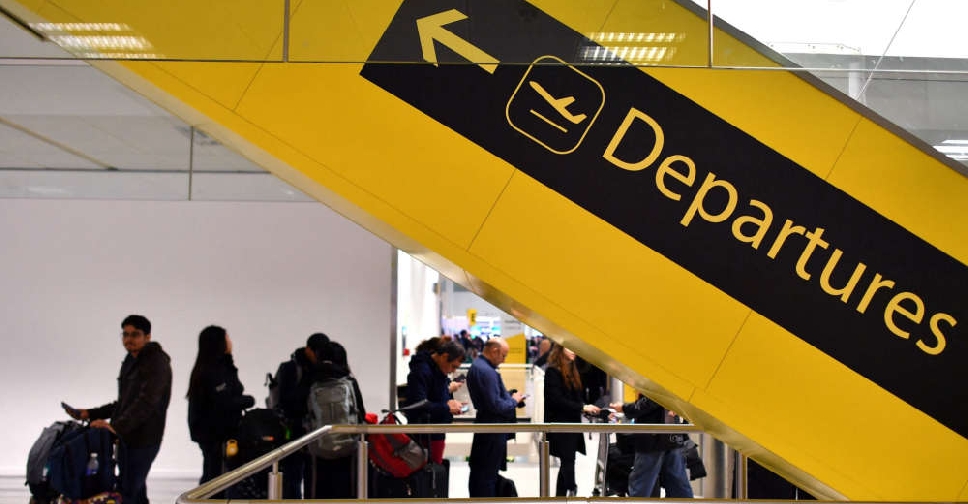 Gatwick Airport reopens terminal following security alert
Gatwick Airport reopens terminal following security alert
 Pro-Palestinian NGOs sue Dutch government over Israel support
Pro-Palestinian NGOs sue Dutch government over Israel support
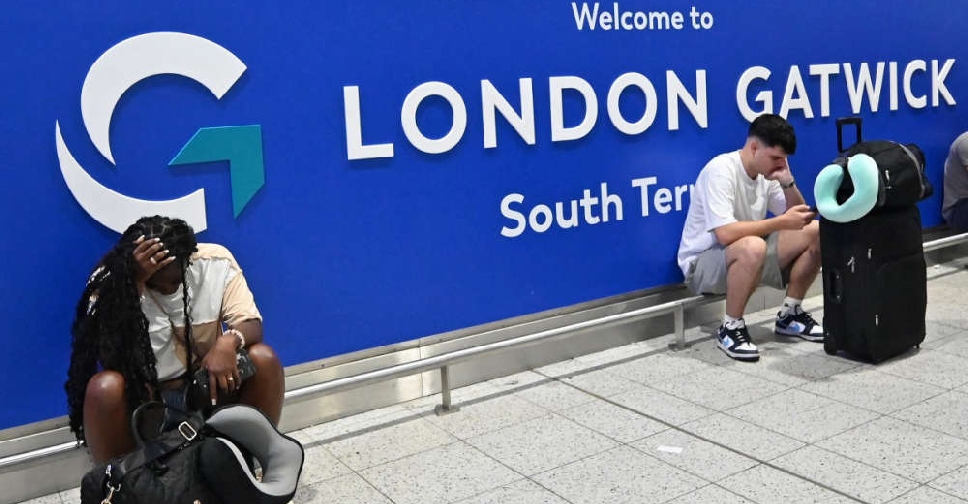 London's Gatwick Airport evacuates terminal due to security incident
London's Gatwick Airport evacuates terminal due to security incident
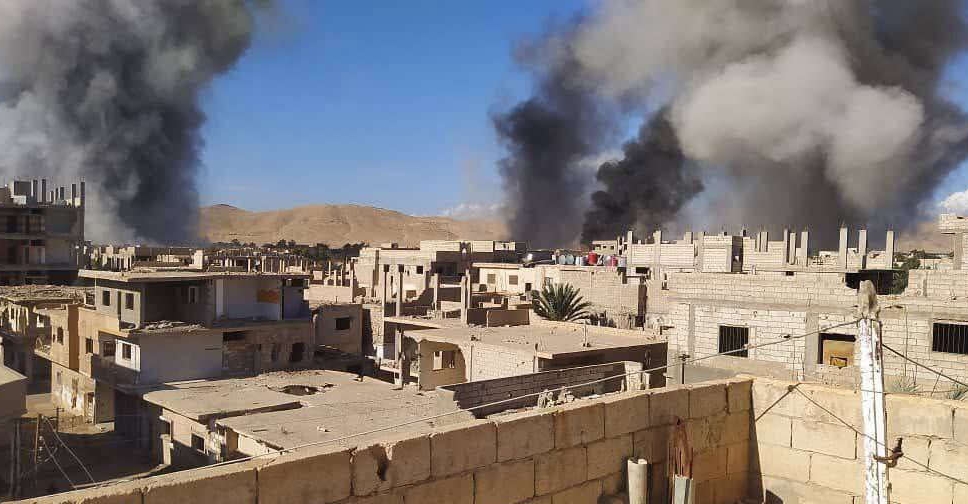 Monitor: Toll from Israeli strikes on Syria's Palmyra rises to 92
Monitor: Toll from Israeli strikes on Syria's Palmyra rises to 92
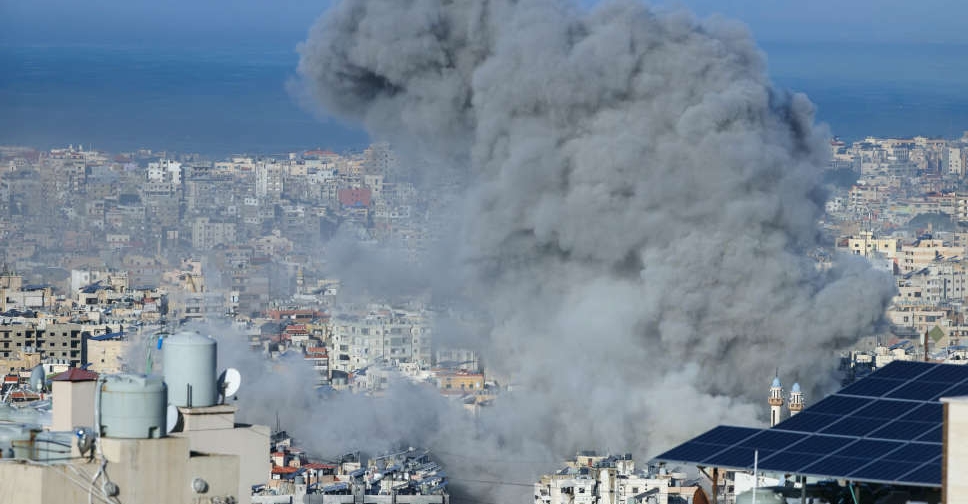 Israeli strikes kill 52 people in Lebanon
Israeli strikes kill 52 people in Lebanon




